The History Of The Sword - 10 Deadliest Legendary Swords
Bros, of all the weapons we've been fighting with, the sword is certainly the queen of weapons. A very beautiful tool, most of them being considered works of art.
At one point, many soldiers, warriors, knights, nobles, peasants used the sword. And, even though nowadays is useless, this thing has been the most important weapon in history.
Historically, the sword developed in the Bronze Age, evolving from the dagger; the earliest specimens date to about 1600 BC. The later Iron Age sword remained fairly short and without a crossguard. The spatha, as it developed in the Late Roman army, became the predecessor of the European sword of the Middle Ages, at first adopted as the Migration period sword, and only in the High Middle Ages, developed into the classical arming sword with crossguard. The word sword continues the Old English, sweord.
The idea was very simple : you need a sharp object to cut your enemy. (still happening nowadays in the beer house)
Now, the moment you've been waiting for, the most dreadful swords in the world
1. Khopesh Sword
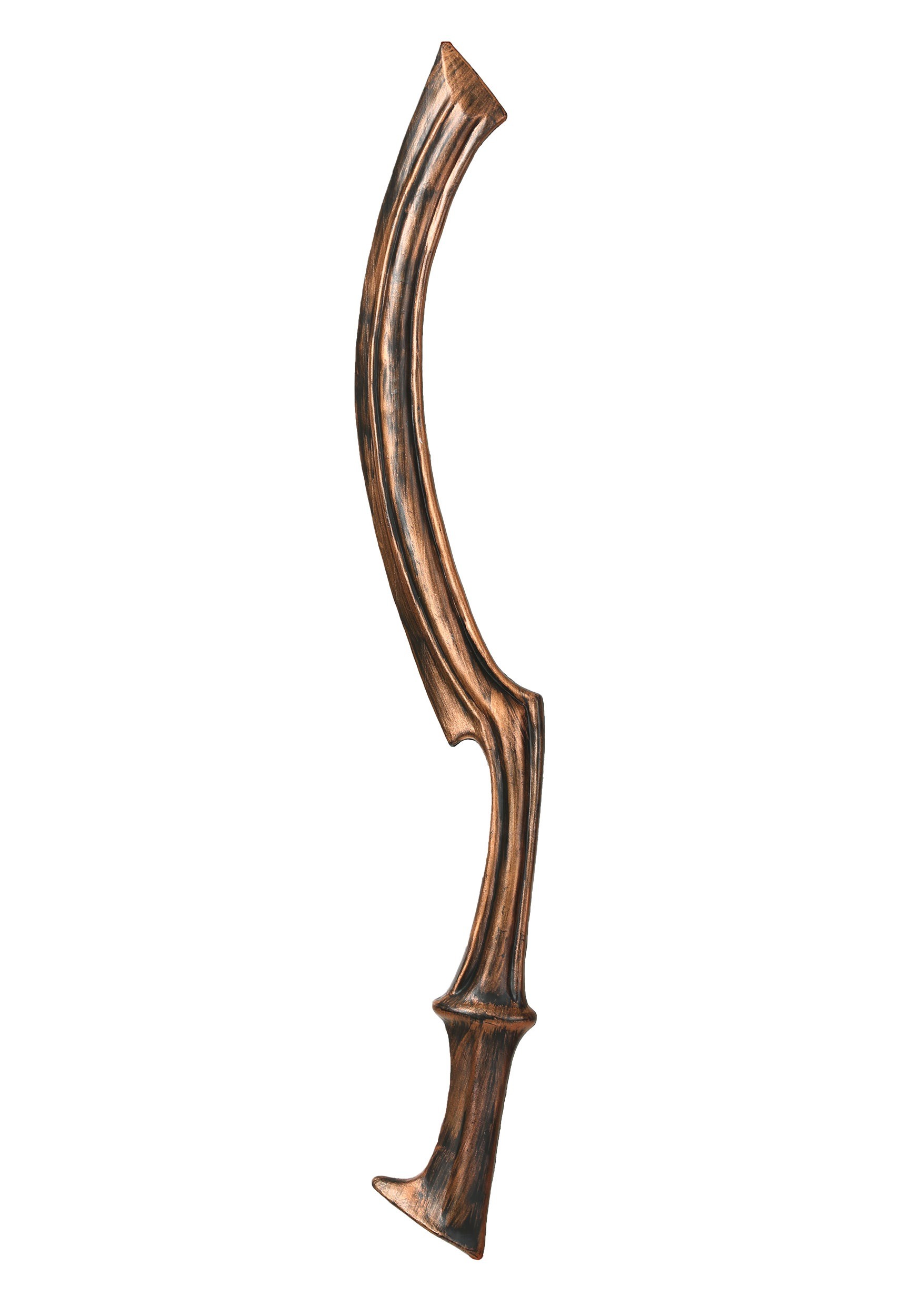
Is an Egyptian sickle-sword that evolved from battle axes. The blade is only sharpened on the outside portion of the curved end. The khopesh evolved from the epsilon or similar crescent shaped axes that were used in warfare. Was deadly. Ramesses II used to have a piece under his bed. cautious.
2. Ulfbehrt Sword
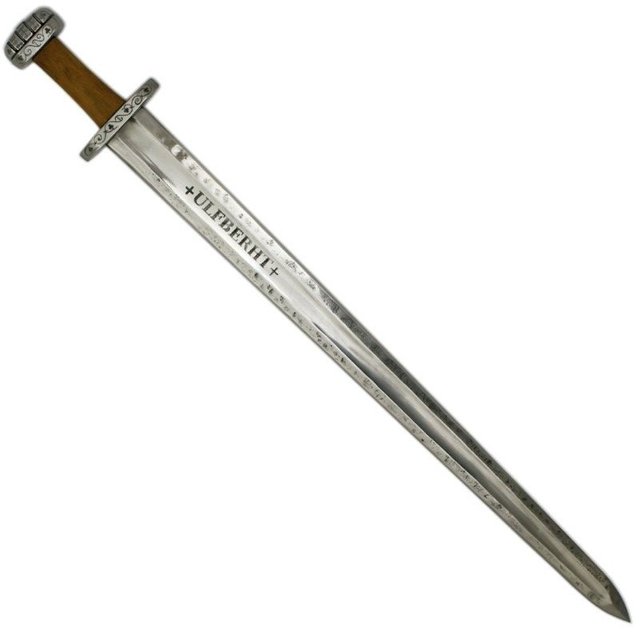
A sword found in Europe, dated to the 9th to 11th centuries, with blade inlaid with the inscription +VLFBERHT+ (and variants). That word is a Frankish personal name that became the basis of a trademark of sorts, used by multiple bladesmiths for several centuries. About 100 to 170 Ulfberht swords are known. Also, the swords were of such high quality they were almost … mystical. At the time the Ulfberht swords were forged (approximately 800–1000 A.D.), equally perplexing swords made of a substance called Damascus steel were being produced in the Middle East out of a raw material, known as Wootz steel, from Asia. Both Damascus steel and the Ulfbehrt’s so-called “crucible steel” had high amounts of carbon. terrible
3. Khanda Sword
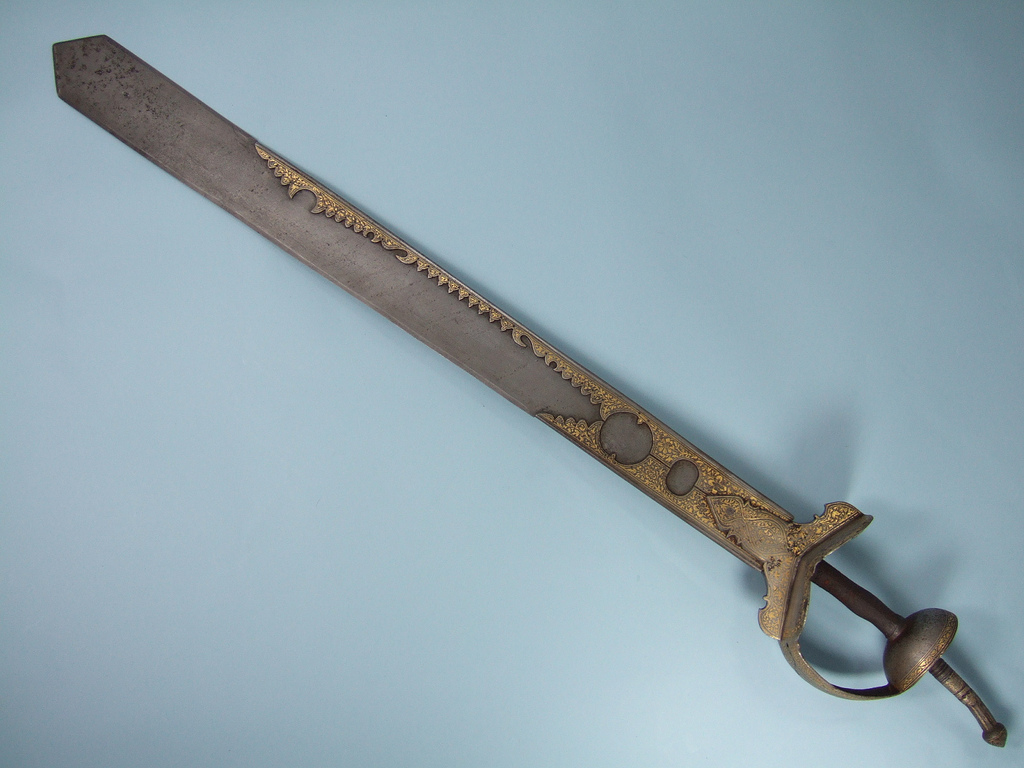
The khanda is a double-edge straight sword. It is often featured in religious iconography, theatre and art depicting the ancient history of India. Some communities venerate the weapon as a symbol of Shiva. It is a common weapon in the martial arts in the Indian subcontinent. Khanda often appears in Hindu, Buddhist and Sikh scriptures and art. heavy and strong
4. Ngombe Ngulu Sword
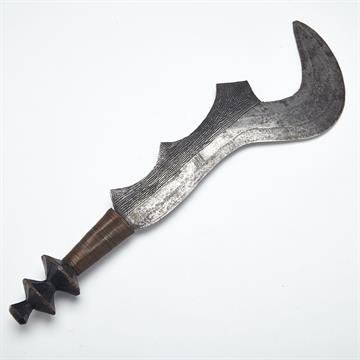
This is a Ngulu sword made by the Ngombe tribe of the Congo, dating to about 1890. The Ngombe traded these swords to many other tribes in the area, including Bangala and others. The blade is very elaborately forged, with typical scallops that identify it as a ngulu. The back of the blade is shaped with large scallops, thickened at their terminals and decorated. These assist the bearer to carry the blade on the shoulder, as the sword is heavy.
The name Ngala was used by early colonial authorities to describe an ethnic group that they imagined lived upriver from the capital. The name Ngala figured prominently on early maps and is today considered one of the three main regions of the Democratic Republic of Congo. In that area, however, many tribes are to be found.
5. Flammard Sword
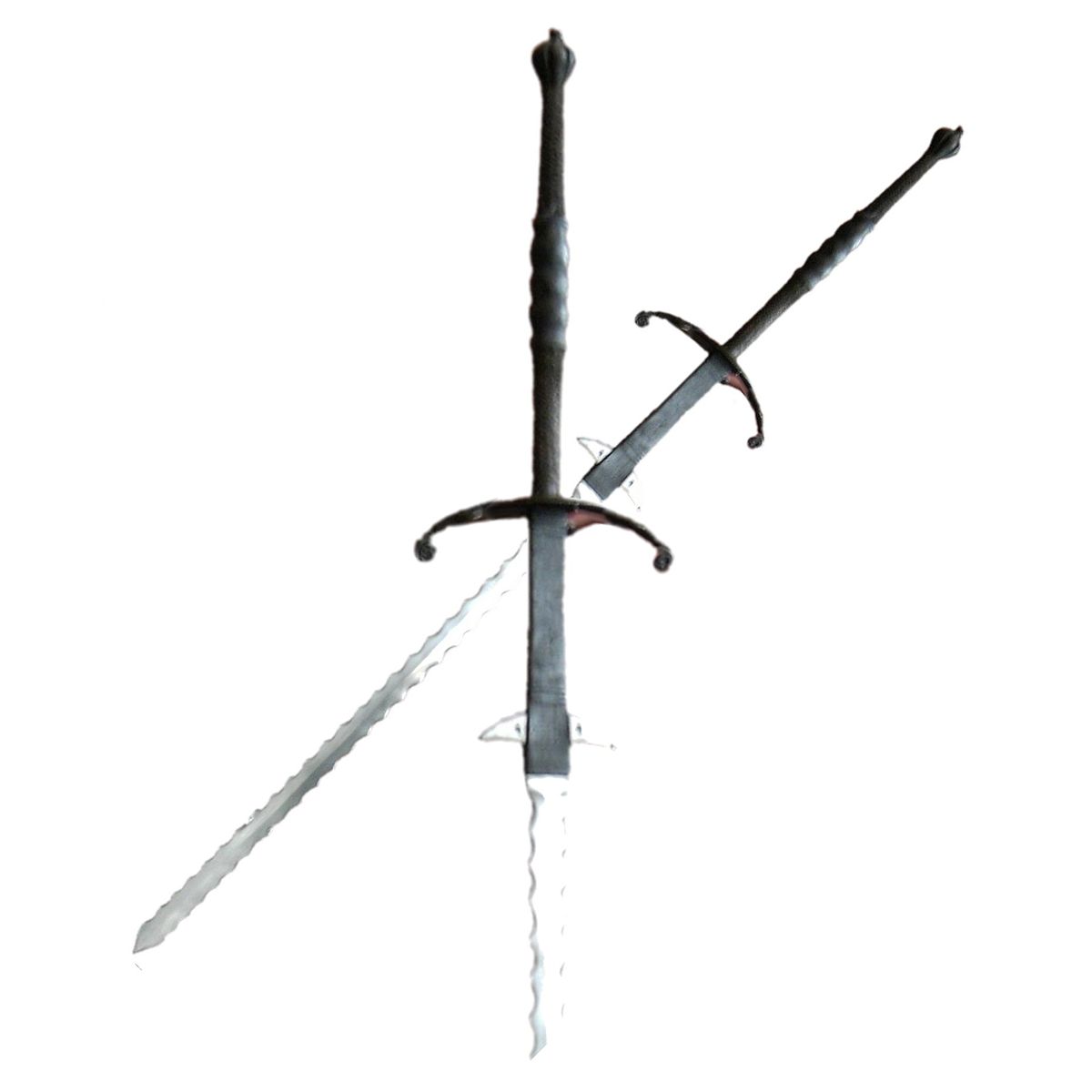
A flame-bladed sword or wave-bladed sword has a characteristically undulating style of blade. The wave in the blade is often considered to contribute a flame-like quality to the appearance of a sword. While largely decorative, some attributes of the waved blade were useful in combat. The two-handed flame-bladed sword is called flambard, flammard or by the German Flammenschwert (literally "flame sword"). These swords are very similar to two-handed sword or Zweihänder, the only difference being the blade. Like other Zweihänders they were used during the 16th century by the Landsknechts, well-trained and experienced swordsmen, who were called Doppelsöldner (double mercenary) because they received double pay.
6. Hook Sword
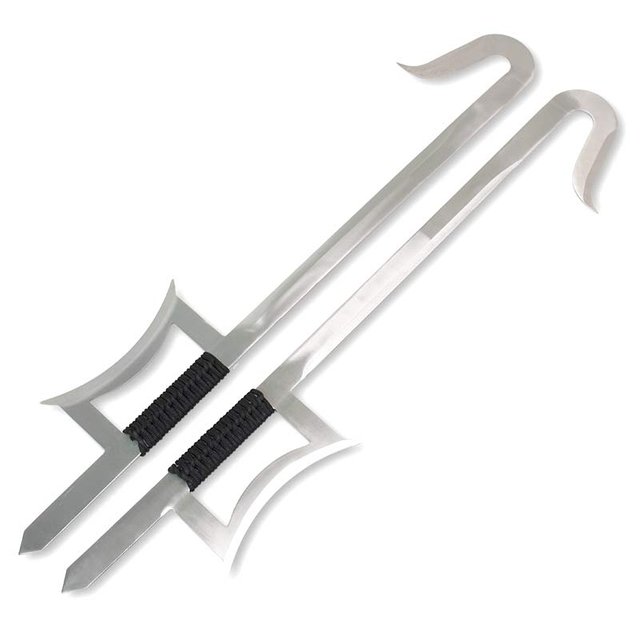
The hook sword, twin hooks, fu tao, hu tou gou (tiger head hook) or shuang gou is a Chinese weapon traditionally associated with northern styles of Chinese martial arts and Wushu weapons routines, but now often practiced by southern styles as well.
There are five components to the hook sword:
-The back, which is often used as a regular sword.
-The hook, which is used to trip enemies, catch weapons and for slashing.
-The end of the hilt, which is sharpened.
-The crescent guard, which is used for blocking, trapping and slashing.
-The link, which is used when using a pair. The two hooks can loosely connect, and the wielder swings one hook sword, in a way that the second is extended further out, almost six feet. While the second is in the air, the dagger upon the hilt slashes the target. In this way, the wielder can extend their reach out from three feet to six.
7. Kilij Sword
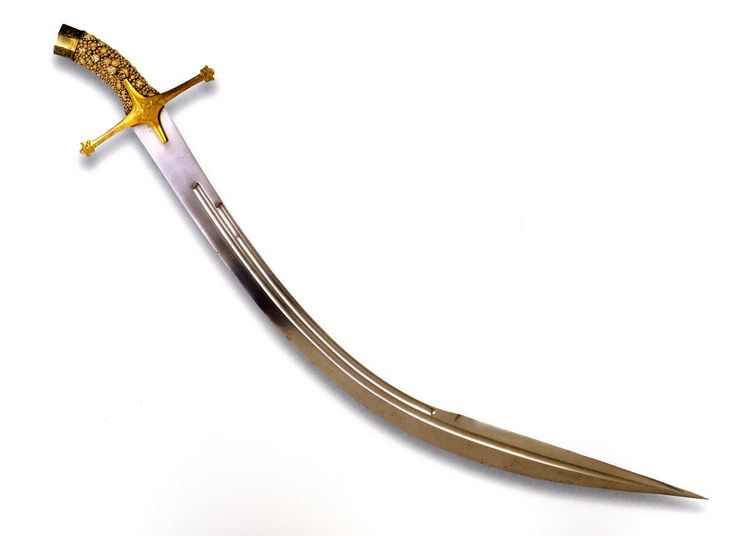
A kilij is a type of one-handed, single edged and moderately curved saber used by the Turks and related cultures throughout history starting from the late Hsiung-nu period to the time of the Avar Empire and the Göktürk Khaganate, Bulgarian Empire, Uyghur Khaganate, Seljuk Empire, Timurid Empire, Mamluk Empire, Ottoman Empire, and the later Turkic Khanates of Central Asia and Eurasian steppes. These blades evolved from Turko-Mongol sabers that had been used over all the lands invaded and/or influenced by the Turkic peoples.
8. Estoc Sword
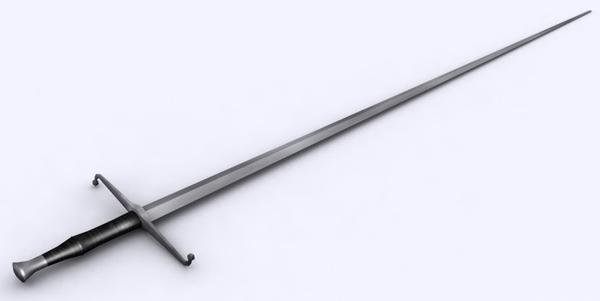
French estoc or English tuck is a type of sword in use from the 14th to 17th centuries. It is characterized as having a cruciform hilt with a grip for two-handed use and a straight, edgeless, but sharply pointed blade of around 0.91 metres (36 in) to 1.32 metres (52 in) in length. The estoc was a variation of the longsword designed for fighting against mail or plate armour. It is long, straight and stiff with no cutting edge, just a point. Examples from Poland are more than 1.57 metres (62 in) long, with a blade of 1.32 metres (52 in); however, others show a more manageable 1.17 metres (46 in), with a 0.91 metres (36 in) blade. Such swords average about four pounds (2 kg) with no specimen weighing more than six pounds.
9. Zweihänder
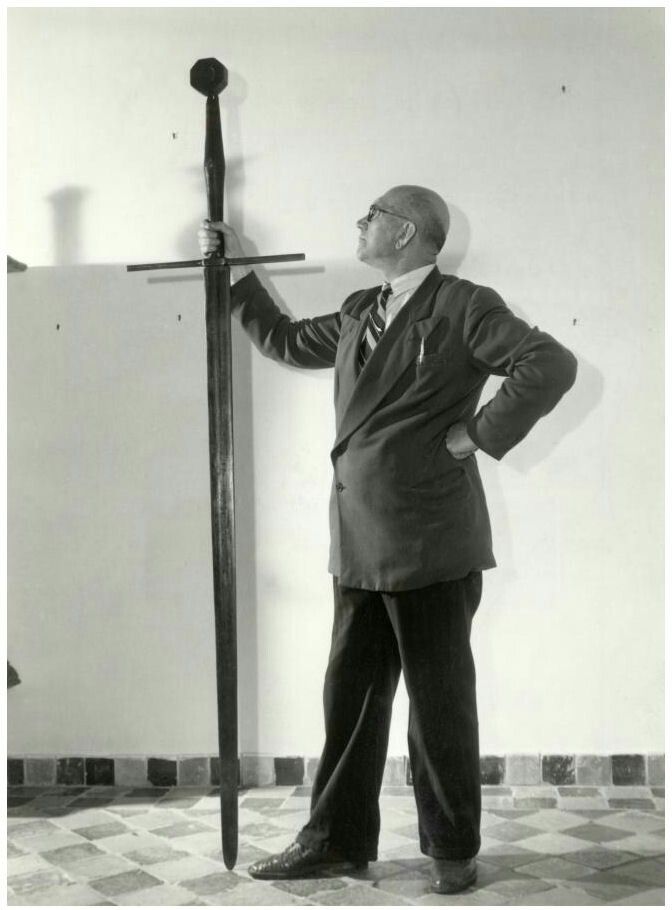
Is a large two-handed sword primarily in use during the early decades of the 16th century.
Zweihänder swords developed from the Longswords of the Late Middle Ages and became the hallmark weapon of the German Landsknechte from the time of Maximilian I (d. 1519) and during the Italian Wars of 1494–1559. The Goliath Fechtbuch (1510) shows an intermediate form between longsword and Zweihänder.
These swords represent the final stage in the trend of increasing size that started in the 14th century. In its developed form, the Zweihänder has acquired the characteristics of a polearm rather than a sword due to their large size and weight and therefore increased range and striking power. Consequently, it is not carried in a sheath but across the shoulder like a halberd.
10. Urumi Sword
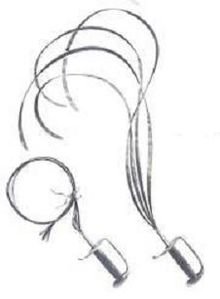
The urumi is a sword with a flexible whip-like blade from the Indian subcontinent. Originating in what are now southern India and Sri Lanka, it is thought to have existed as far back as the Maurya Empire. It is considered one of the most difficult weapons to master due to the risk of injuring oneself. It is treated as a steel whip, and therefore requires prior knowledge of that weapon as well as the sword. For this reason, the urumi is always taught last in Indian martial arts.
**Thanks for your time, see you soon!**
Congratulations @rovision! You have received a personal award!
Click on the badge to view your Board of Honor.
Congratulations @rovision! You received a personal award!
You can view your badges on your Steem Board and compare to others on the Steem Ranking
Vote for @Steemitboard as a witness to get one more award and increased upvotes!